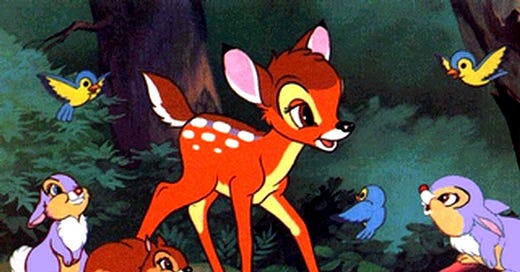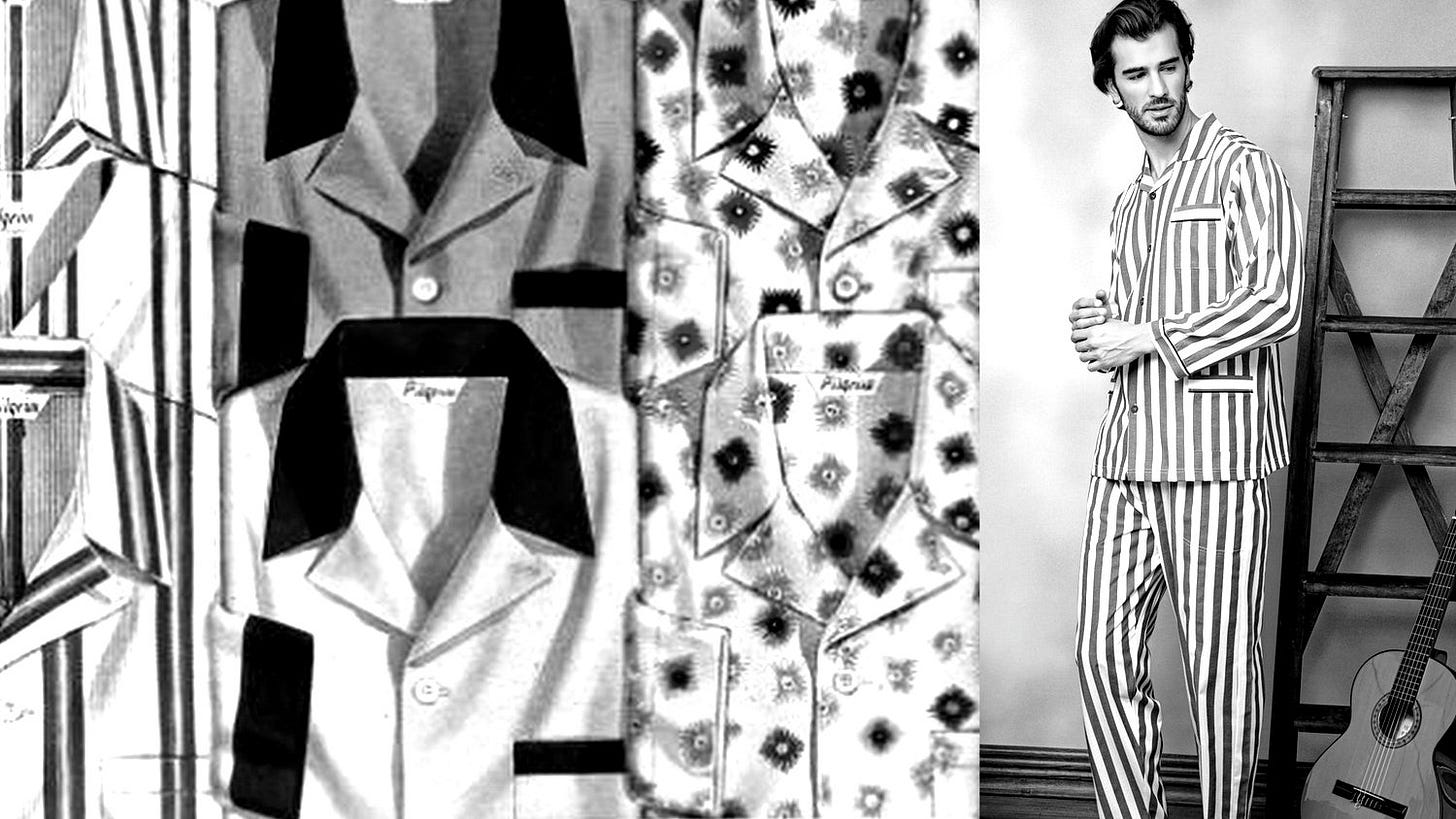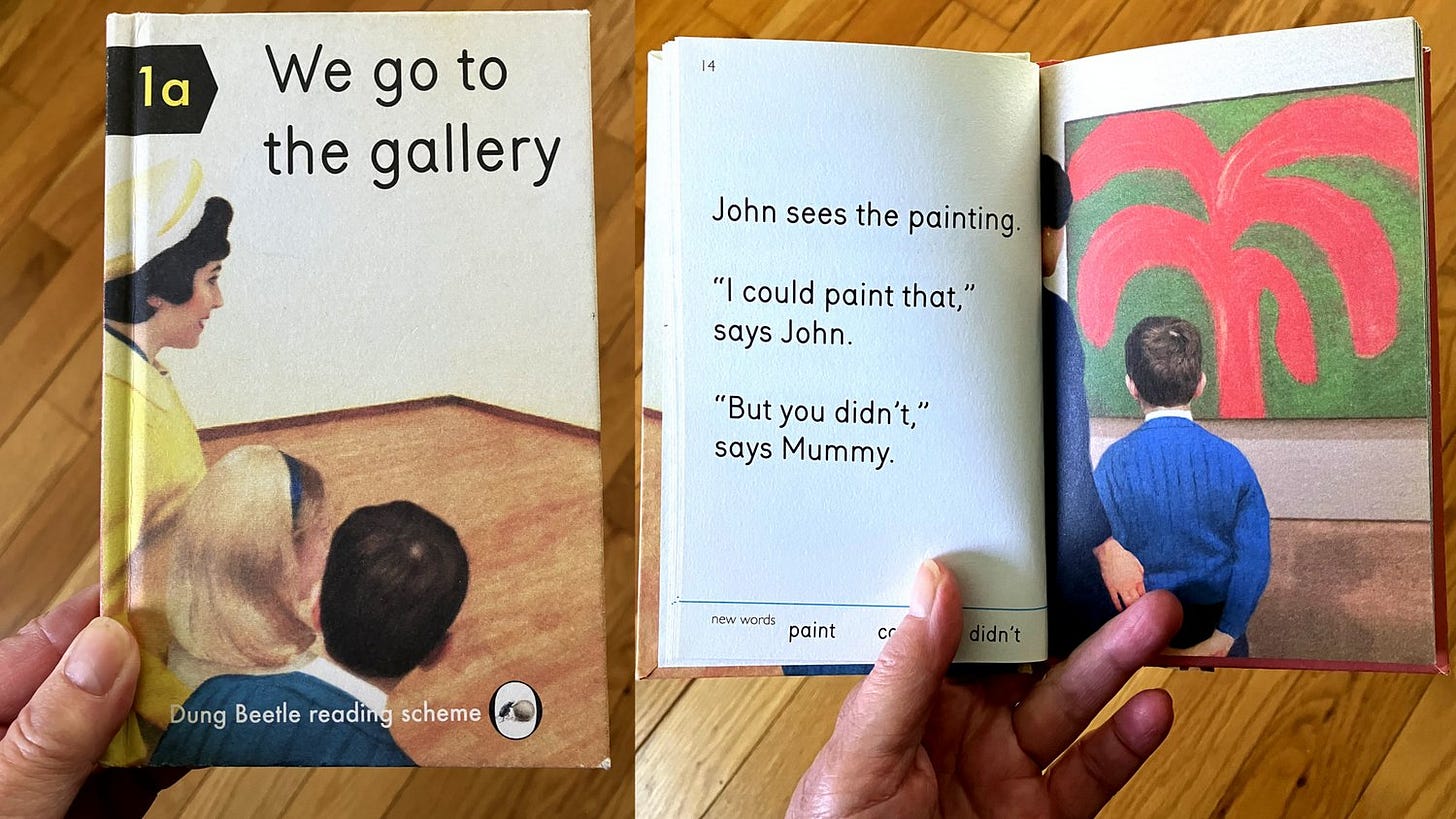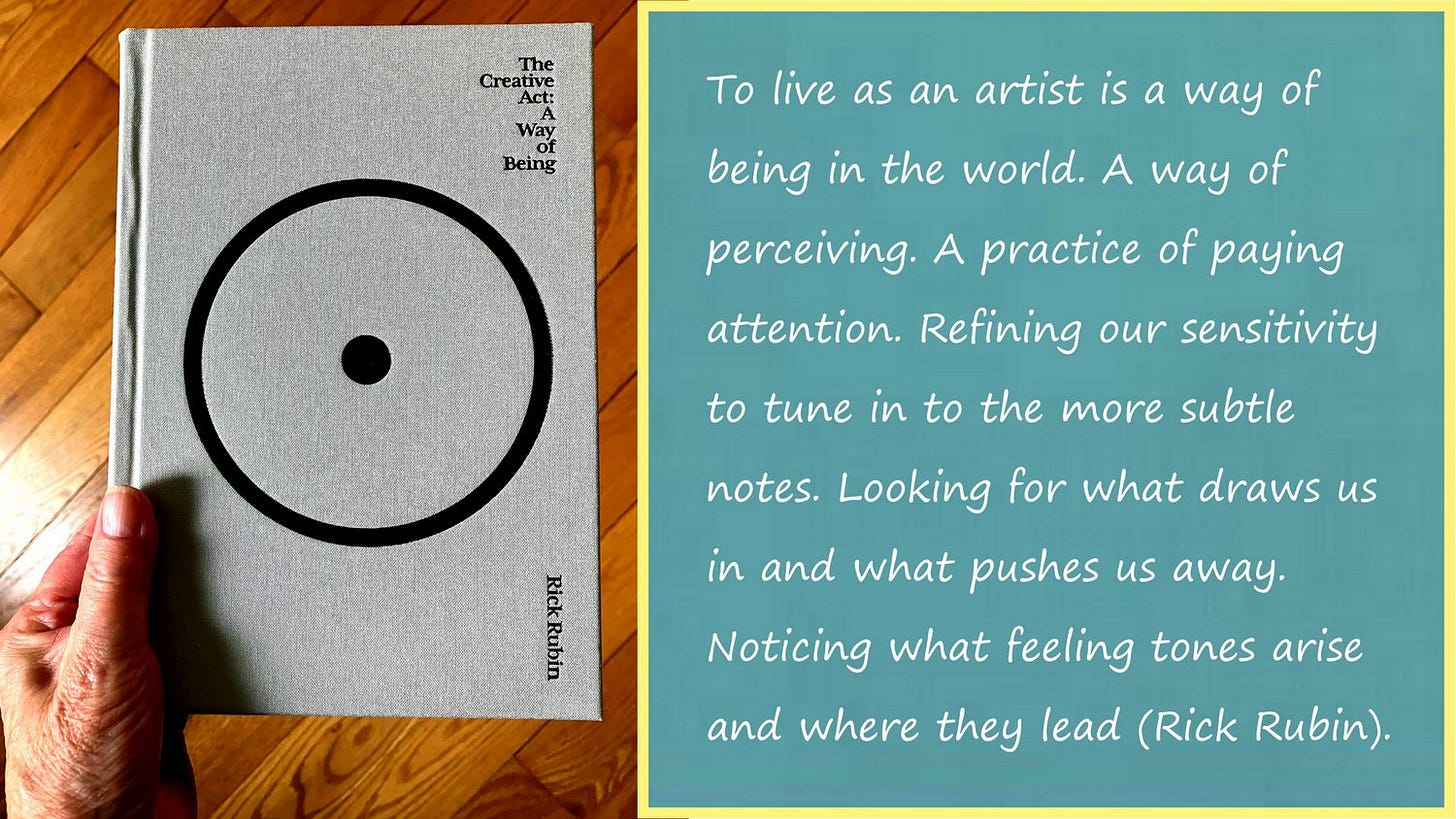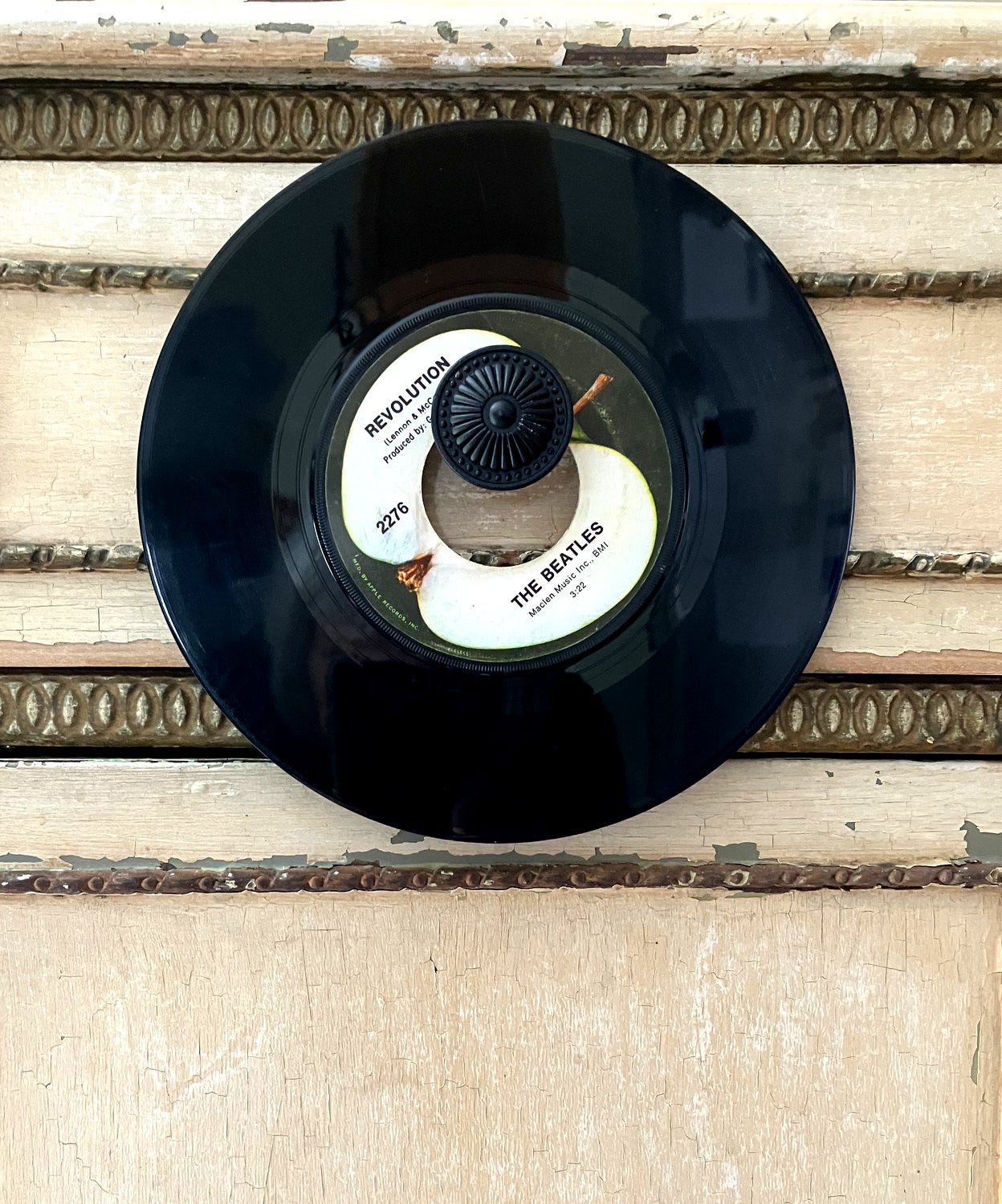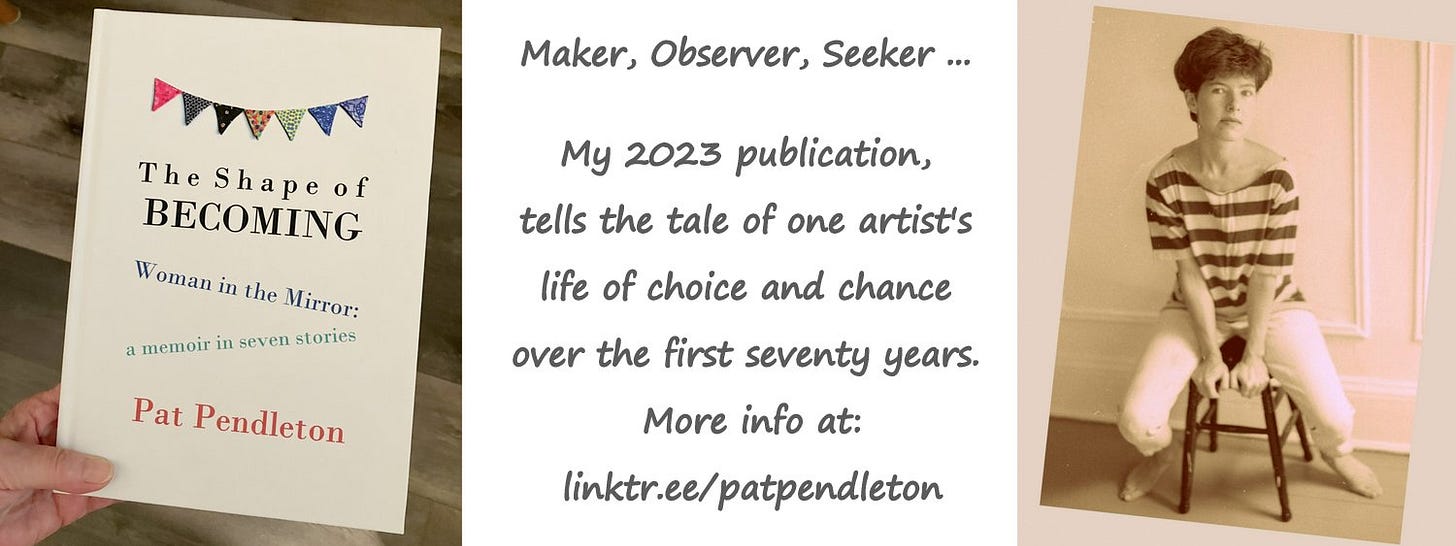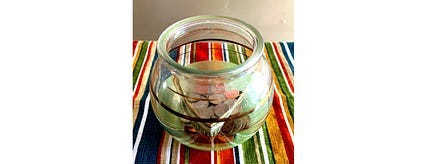Google the phrase What is art for? and you will see millions of essays, quotes, and attempts to address the question. Being human is experienced through art and culture. For example, one small figure, a baby deer, from a 1923 children’s story and popularized later in a Disney film tends to be known by all. Even the late 1970s punk band, The Sex Pistols sang a song about little Bambi. Now, in 2025, a series called Zero Day focuses on a recurring memory featuring the Who Killed Bambi song playing on and on in an eerie rant characteristic of the group’s sound.
This got me thinking about when The Sex Pistols came to San Francisco to play at the notorious Mabuhay Gardens. My boyfriend at the time went to see the show along with some guys in another band called Tuxedo Moon. During that time, there was a lot rehearsing going on in a storefront rental in the Potrero Hill neighborhood. I recall stopping by there once to find them about the place with guitars and electronics, all wearing vintage pajamas (publicized a few years later as the favored studio garb of painter, Julian Schnabel).
Although I was more a fan of Talking Heads than Sex Pistols, the late 1970s was a time of fashion trends influenced by punk and adjacent New Wave music. I soaked my pale beige Wranglers in yellow Rit Dye and applied muddy red henna to my light brown hair to locate some of the color of the era.
A book about a baby deer sparks a movie, song, television series, and a story about late 1970s bands, art and fashion.
Years ago, working as an Art Therapist, my aim was to cultivate imagination and encourage self-expression as a tool for healing—offer the artmaking activity as a process for self-awareness. Surprisingly, adults who have not handled art materials since childhood come alive to an invitation to express themselves this way.
During 2011, well-known conceptual artist, Alexander Melamid, opened a Soho storefront called Art of Healing Ministry. While this venture appeared to be a spoof, it was both conceptual art and healing practice. He placed the fine arts alongside alternative healing approaches, such as religion, yoga and astrology. Melamid presented his methods to the public with all seriousness. He offered Art Evaluation & Immersion, as well as Art Rejuvenation & Maintenance. This was not a method for becoming a creative artist. Rather, it utilized existing artworks as elixirs. Feeling down? The cure might be a projection of Vermeer’s The Girl with the Pearl Earring onto the palm of your hand. Allow art into the bloodstream. Invite art into the psyche. He later participated in The Artist Project (2015-2016), as series of videos through The Metropolitan Museum of Art featuring contemporary artists voicing their ideas about art.
The authors of a 2013 book called Art as Therapy (Alain de Botton and John Armstrong) are concerned that too many people leave museums and galleries feeling bewildered and inadequate. The book does not offer art as medicine so much as an educational view designed to instill greater self-understanding. It is a call for modern gallery floor plan to address human emotion by asking curators to arrange works in groupings to address suffering, compassion, fear, love, and self-knowledge. There is an emphasis on the importance of looking at art as a way to bolster our feelings of cheerfulness and hope to counteract the onslaught of troubles and bad news that we are subjected to daily.
Why is the Mona Lisa so compelling? She has the face of vast experience and serenity and gives off the sense of a human being who is aware of all sorts of eventualities and dynamics in other people and still be fond of them. Isn’t this the kind of affection most of us long for? Leonardo da Vinci’s portrait has haunted people since 1506, a reminder of human emotion. The reader is assured that cultivating appreciation for objects of art will lead to appreciation of oneself and likely even a better world.
Culture keeps us human.
M. Elia and E. Elia created a tiny kidult book from 2019 that shines humor on the world of contemporary art museums and galleries…
We need humanity and humor more than ever now (arts and culture).
Rick Rubin produces records, but his book addresses all aspects of the creative experience. Why make art? he asks…
Most who choose the artist’s path don’t have a choice. We feel compelled to engage, as if by some primal instinct, the same force that calls turtles toward the sea after hatching in the sand.
The arts and culture help us remember our lives. Possibly taken for granted, they are suffering a bit recently as senior officials at the National Endowment for the Arts have stepped down in the aftermath of massive cuts to program funding. Proposed tariffs on the movie industry threatens to alter our experience of media.
Of course, artists will always create—it will just be more underground and inaccessible. A society that does not value the importance of human creativity is fertile ground for a paradigm shift. It’s happening.
~~~~~~
Copyright Pat Pendleton 2025. All rights reserved.
This is a reader-supported publication. Thank you for taking the time to read it! Free subscriptions are available to receive new posts and support my work. Paid subscriptions are appreciated, but optional.


